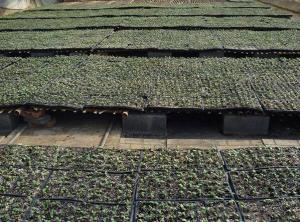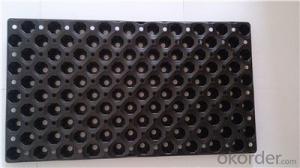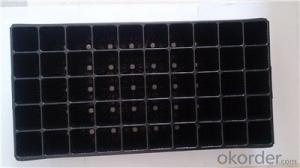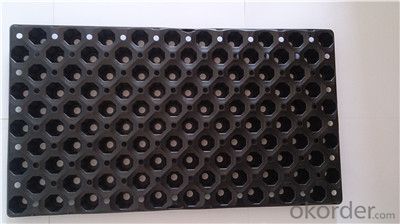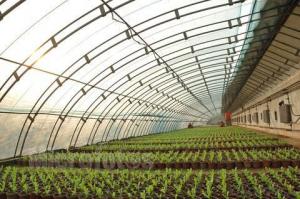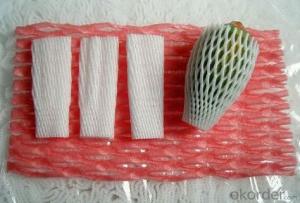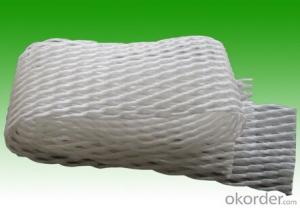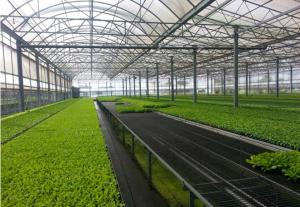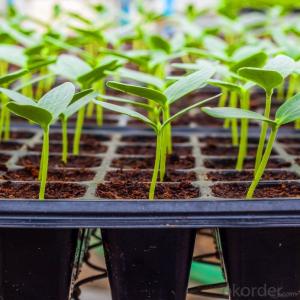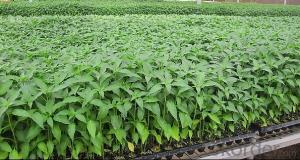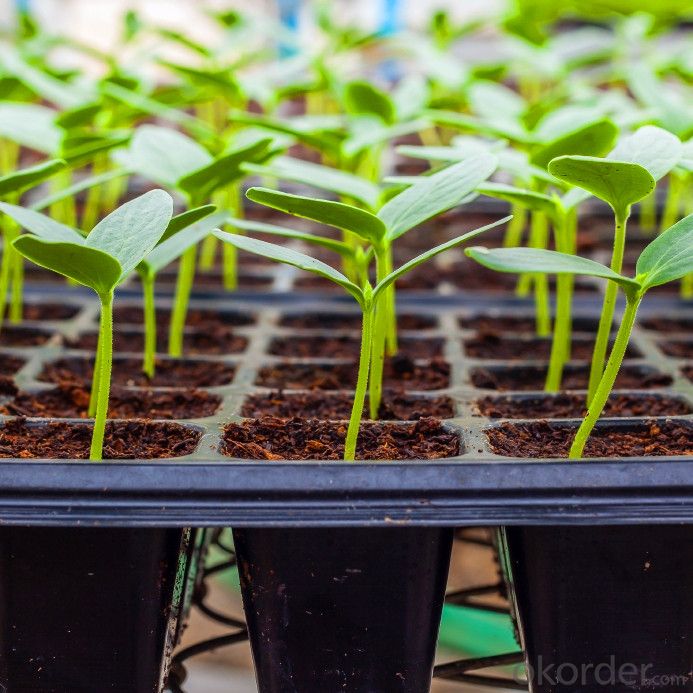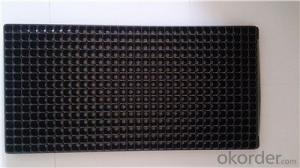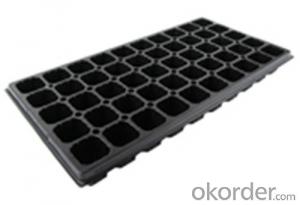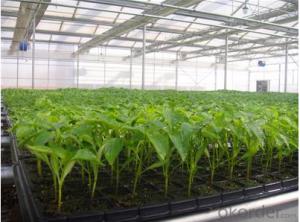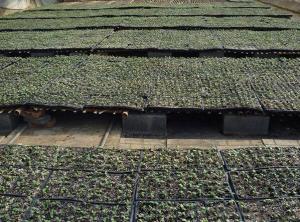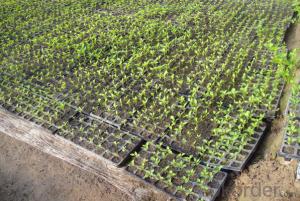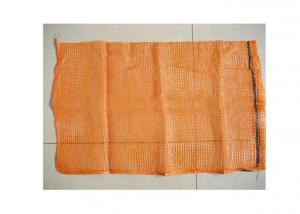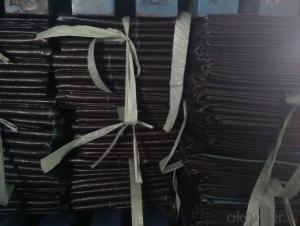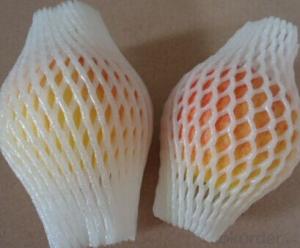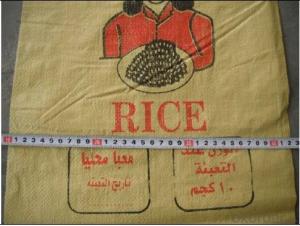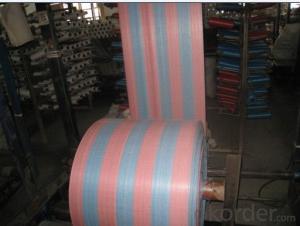HIPS Seed Tray Plastic Tray High Quality
- Loading Port:
- China main port
- Payment Terms:
- TT OR LC
- Min Order Qty:
- 1000 pc
- Supply Capability:
- 10000000 pc/month
OKorder Service Pledge
OKorder Financial Service
You Might Also Like
Structure of the seed tray: · Top quality and competitive price. · Variety design and good appearance. · Easy to use, and remove. · Durable and reusable. · Eco-Friendly.
Advantages: · Top quality and competitive price. · Variety design and good appearance. · Easy to use, and remove. · Durable and reusable. · Eco-Friendly.
Application: · Ideal for Starting seeds and Transplanting Seedling. · Suitable for both manual and automatic planting. · Suitable for Propagating Vegetables, Flowers and other plant from seed · in green-house or indoors.
Description Main Features of the seed tray: · Ideal for Starting seeds and Transplanting Seedling. · Suitable for both manual and automatic planting. · Suitable for Propagating Vegetables, Flowers and other plant from seed in green-house or indoors. Using time: · thickness of 0.5mm can be used 1 to 2 times. · thickness of 0.6mm can be used 3 to 4 times. · thickness of 0.7mm can be used 5 to 6 times. · thickness of 0.8mm can be used 7 to 8 times. · thickness of 0.9mm can be used 8 to 9 times. · thickness of 1.0mm can be used 8 to 10 times. Thickness vs. Weight: · Thickness of trays are from 0.5mm to 1.0mm. · 1.0mm: 155g±5g; 100pcs/ctn. · 0.9mm: 140g±5g; 120pcs/ctn. · 0.7mm: 110g±5g; 150pcs/ctn. · 0.6mm: 95g±5g; 180pcs/ctn. · 0.5mm: 80g±5g; 200pcs/ctn.
Seed Tray Specification: Materialps/pvcThickness0.5mm-1.5mm, standard:1mmWeight80g(±5)g-230g(±5)g, Standard weight:155g(±5)gSizelength:490mm-540mm, width:190mm-345mm,depth:25mm-150mm Standard:54mmX28mmCell count18-512Packagein cartonUsing time8-10 times
FAQ: Q:How Can I Get A Sample? A:You can get samples by communicate with our export sales. Q:How Long Is Delivery? A:Delivery time will be 7-25 days according to order quantity. Q:What Is The MOQ? A:Our MOQ is 1*20FT container quantity, allow to mix several items. Q:What Is Our Normal Payments Terms? A:Our normal payment terms now is T/T, L/C or Western Union,Papal. Q:How Do I Order Your Products? A:You can check our website for any items you interest and you can also get communication with our export sales and order for it accordingly. Q:What Kinds Of Material We Use In Our Product? A:Our plastic flower pots use material such as PP polymer or PE polymer.
|
- Q: Are nursery trays suitable for starting a perennial bed?
- No, nursery trays are not suitable for starting a perennial bed. Perennial plants typically develop deep root systems, and nursery trays provide limited space for root growth. It is best to start perennial beds using larger containers or by directly sowing seeds or planting bare root plants in the desired location.
- Q: What are some ground cover options for a desert courtyard?
- Some ground cover options for a desert courtyard include desert marigold, creeping thyme, ice plant, and angelita daisy. These plants are drought-tolerant and can withstand the harsh conditions of a desert environment while providing a beautiful and low-maintenance ground covering.
- Q: How do you prevent ground cover plants from spreading into unwanted areas?
- One effective way to prevent ground cover plants from spreading into unwanted areas is by installing physical barriers such as edging or landscape fabric. These barriers create a boundary that restricts the plant's growth and prevents it from spreading beyond its designated area. Additionally, regular maintenance practices like pruning or trimming can help keep ground cover plants in check and prevent them from encroaching into unwanted spaces.
- Q: What types of plastic containers are used for storing agricultural products?
- Some common types of plastic containers used for storing agricultural products include plastic buckets, bins, crates, and barrels. These containers are durable, lightweight, and often have features such as handles or lids for easy handling and transportation. They are commonly used to store fruits, vegetables, grains, seeds, and various other agricultural products.
- Q: What are the best ground cover plants for shady areas under trees?
- Some of the best ground cover plants for shady areas under trees include hostas, ferns, vinca minor, ajuga, and lamium. These plants are known for their ability to thrive in low-light conditions and their ability to spread and cover the ground effectively.
- Q: How does agricultural plastic affect crop maturity uniformity?
- Agricultural plastic can significantly impact crop maturity uniformity. By providing a controlled environment, plastic mulches or covers can help regulate temperature, soil moisture, and weed competition, leading to more uniform growth and maturity of crops. Additionally, plastic protection can reduce damage caused by pests and diseases, ensuring consistent development across the field.
- Q: Can ground cover plants be used to create a low-maintenance garden?
- Yes, ground cover plants can be used to create a low-maintenance garden. Ground cover plants are typically low-growing and spread quickly, forming a dense layer that helps suppress weed growth and reduce the need for regular maintenance such as mowing or watering. They also serve as natural mulch, helping to retain moisture in the soil and reduce evaporation. Additionally, ground cover plants often require minimal pruning or fertilization, making them an ideal choice for those seeking a low-maintenance garden.
- Q: What is a nursery tray?
- A nursery tray is a shallow container used for raising and propagating plants, typically made of plastic or other durable materials. It provides a suitable environment for seeds or young seedlings, with multiple compartments or cells to separate and support individual plants as they grow.
- Q: What is the pH tolerance of nursery trays?
- The pH tolerance of nursery trays can vary, but in general, they are designed to withstand a pH range of 5.5 to 7.5.
- Q: What is plant-based plastic?
- Plastic made from plants. The most common is made from corn starch. However, some is made from polymers derived from plant cellulose and oils. The advantages are that it comes from a renewable resource, requires less energy to convert from the raw plant stage, breaks down in landfills in a fraction of the time. Disadvantages are that more energy is required to get to the raw plant stage, is overall more expensive to produce (given all energy inputs), is not suited to long term storage. There is also the fact that to really make it economically feasible, plants would need to be bioengineered which presents a plethora of problems given public sentiment about GMO's.
Send your message to us
HIPS Seed Tray Plastic Tray High Quality
- Loading Port:
- China main port
- Payment Terms:
- TT OR LC
- Min Order Qty:
- 1000 pc
- Supply Capability:
- 10000000 pc/month
OKorder Service Pledge
OKorder Financial Service
Similar products
Hot products
Hot Searches
Related keywords
